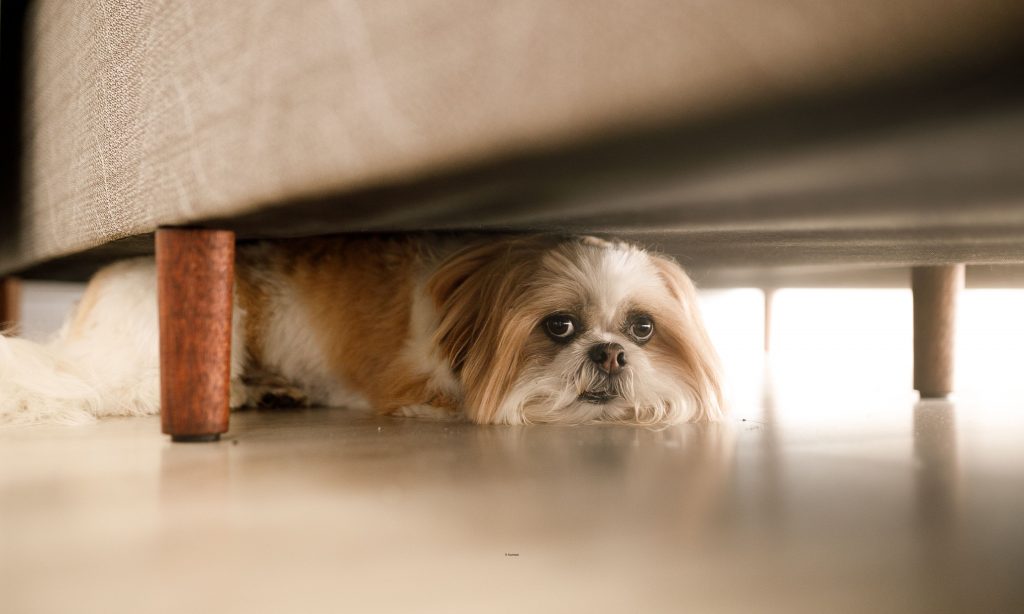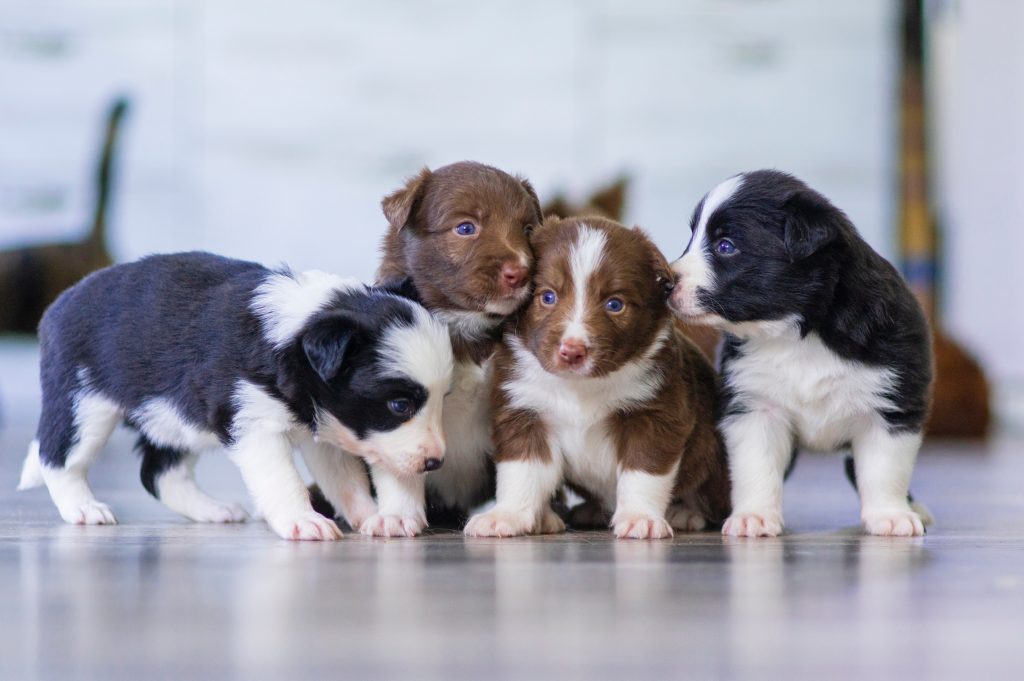The post aims to educate dog parents on the common fears of dogs and provide insights into understanding and addressing these phobias. The aim is to raise awareness and help dog owners provide a supportive and comforting environment for their pets.

As a dog parent, it is essential to understand your pet’s fears and phobias. This knowledge can help you create a safer, happier environment for your furry friend and make your relationship even stronger. In this blog post, we will explore the most common fears and phobias of dogs and discuss ways to address them.
Common Fears and Phobias in Dogs
1. Loud Noises:
Many dogs are afraid of loud noises such as fireworks, thunderstorms, and gunshots. These sounds can be scary for dogs and can cause them to hide, shake, or become aggressive.
2. Strangers:
Some dogs may be afraid of strangers, especially those who approach them too quickly or make sudden movements. This fear can be especially pronounced in dogs who have been mistreated in the past.
3. New Places and Situations:
Dogs may also be afraid of new places and situations, such as a visit to the vet or a new home. This fear can lead to anxious behaviors like shaking, panting, or hiding.
4. Specific Objects:
Some dogs may have a fear of specific objects, such as vacuum cleaners, brooms, or even certain types of toys.
Addressing Fears and Phobias in Dogs
1. Desensitization and Counter-Conditioning:
One of the most effective ways to address fears and phobias in dogs is through desensitization and counter-conditioning. This process involves gradually exposing your dog to the thing that scares them, while also rewarding them for staying calm. Over time, your dog will learn that the object or situation is not scary and will start to associate it with positive experiences.
2. Training and Socialization:
Training and socialization can also help address fears and phobias in dogs. Teaching your dog basic obedience commands and exposing them to new experiences and people can help them become more confident and less afraid.
3. Medication:
In some cases, medication may be necessary to help manage your dog’s fears and phobias. This should always be done in consultation with your veterinarian.
Conclusion:
Understanding your dog’s fears and phobias is an important aspect of being a responsible dog parent. By addressing these fears and phobias, you can create a happier, safer environment for your furry friend and strengthen your bond with them. If you need help addressing your dog’s fears and phobias, don’t hesitate to chat with us on our website. We are here to help!

Frequently Asked Questions:
What common fears do dogs have?
Dogs can be afraid of many things, including loud noises (e.g. thunderstorms, fireworks), unfamiliar people or animals, being alone, and unfamiliar objects or situations.
Why do dogs develop fears and phobias?
Dogs can develop fears and phobias for many reasons, including negative experiences, genetics, and lack of socialization during critical development periods.
How can I tell if my dog is afraid?
Signs of fear in dogs include cowering, trembling, hiding, growling, and attempting to escape.
What can I do to help my dog with its fears?
To help a dog with their fears, it is important to understand the root cause and work on gradually exposing them to the feared stimulus in a controlled and positive way. It is also helpful to seek the guidance of a professional dog behaviorist.
Can medication help with my dog’s fears?
In some cases, medication can help alleviate a dog’s fear and anxiety, but it should always be used in conjunction with behavior modification and under the guidance of a veterinarian.



